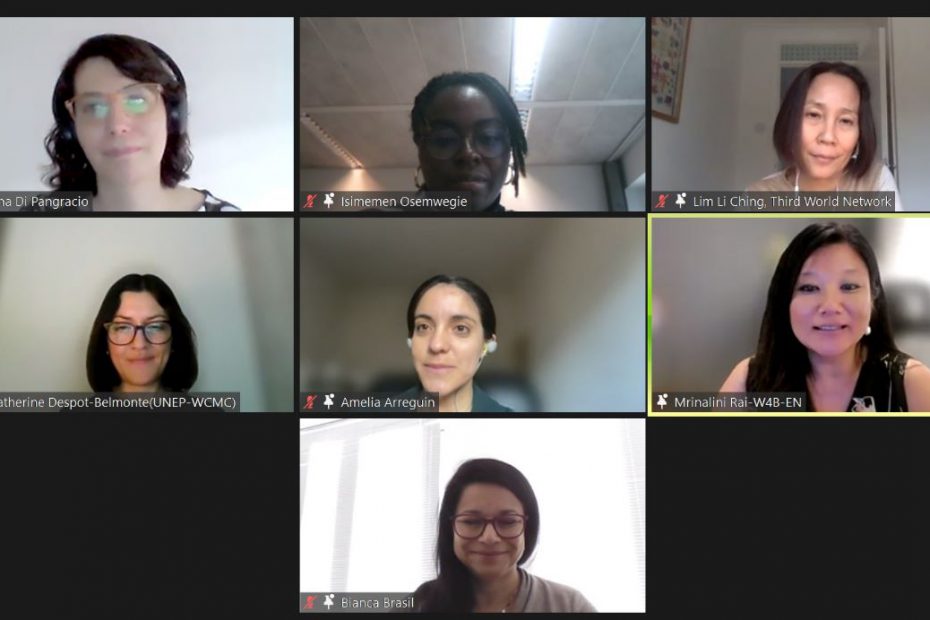To discuss the critical outcomes for gender justice, gender equality and women’s empowerment of December 2022’s Fifteenth Meeting of the Conference of Parties to the Convention on Biological Diversity (CBD COP15) the UNCBD Women’s Caucus held the virtual roundtable “What did COP 15 bring for women and girls?” on 22 February this year.

The virtual event’s speakers discussed insights on the implementation of the historic stand-alone gender equality target in the Kunming-Montreal Biodiversity Framework and the post-2020 Gender Plan of Action. They also talked about the ways forward for gender responsiveness in CBD COP 15 decisions on resource mobilization, capacity-building and development as well as mechanisms for planning, monitoring, reporting and review.
In her opening remarks, Bianca Brasil, Secretariat of the Convention on Biological Diversity (SCBD) Programme Management Officer, celebrated wins for women in the adoption of the Kunming-Montreal Biodiversity Framework like the adoption of a stand-alone gender equality target (Target 23) and another target (Target 22) mentioning women and girls.
“Successful implementation [of the Kunming-Montreal Biodiversity Framework] will depend on ensuring gender equality and empowerment of women, and reducing inequalities.”
Bianca Brasil, Opening remarks
The panel then discussed the Framework’s and other CBD COP 15 decisions’ implications and opportunities for women and girls.
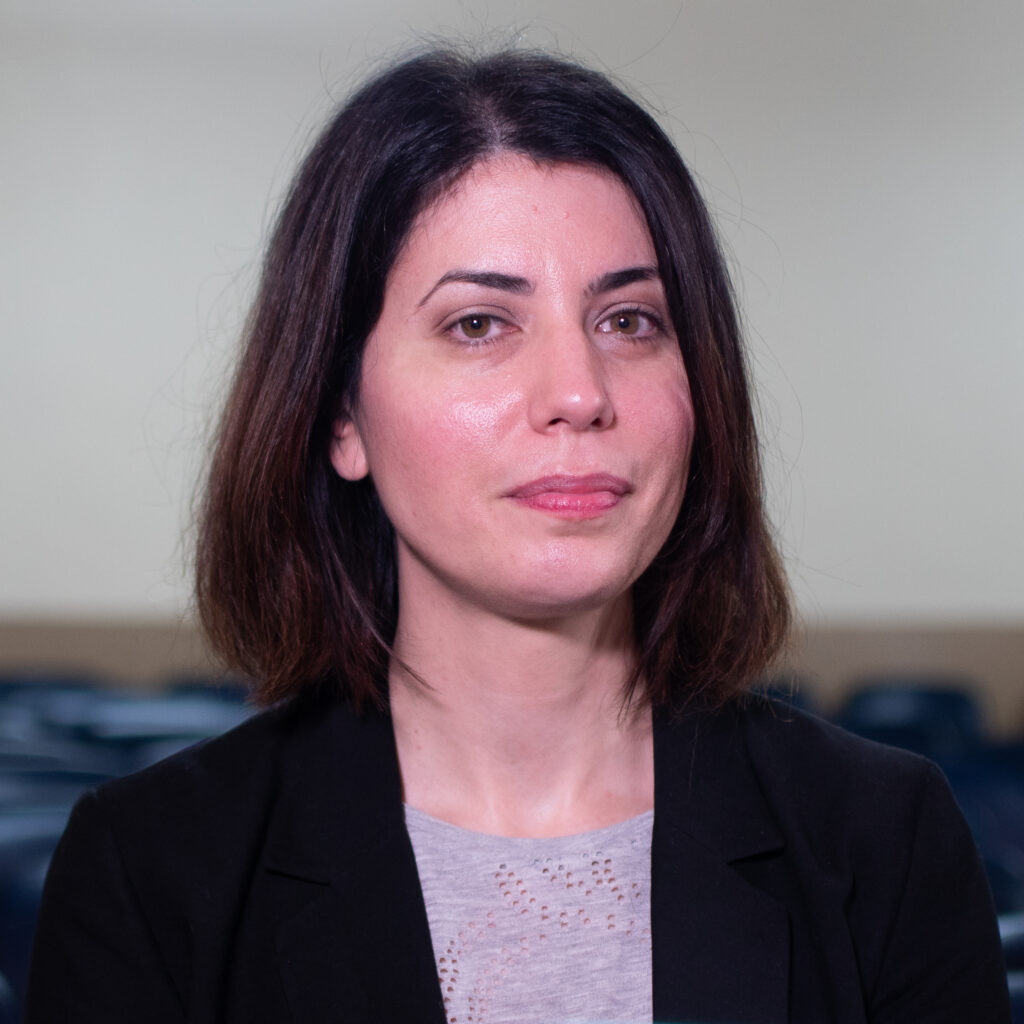
Ana di Pangracio, Deputy Director of Fundación Ambiente y Recursos Naturales (FARN)said that while the Framework is “not perfect, it is a step in the right direction.”
“[The Framework] brings about a paradigm shift towards human rights-based to gender-responsive and socially equitable biodiversity conservation,” she said, citing points like the human right to a clean, safe, and sustainable environment, the full recognition and respect for the rights to land resources and territories of indigenous peoples and local communities and protection of environmental human rights defenders and their access to justice.
Di Pangracio also underscored that the stand-alone gender equality target “embedded a gender-responsive approach…with [women’s] full, equal, meaningful, and informed participation in leadership at all levels of biodiversity, decision-making and policy.”
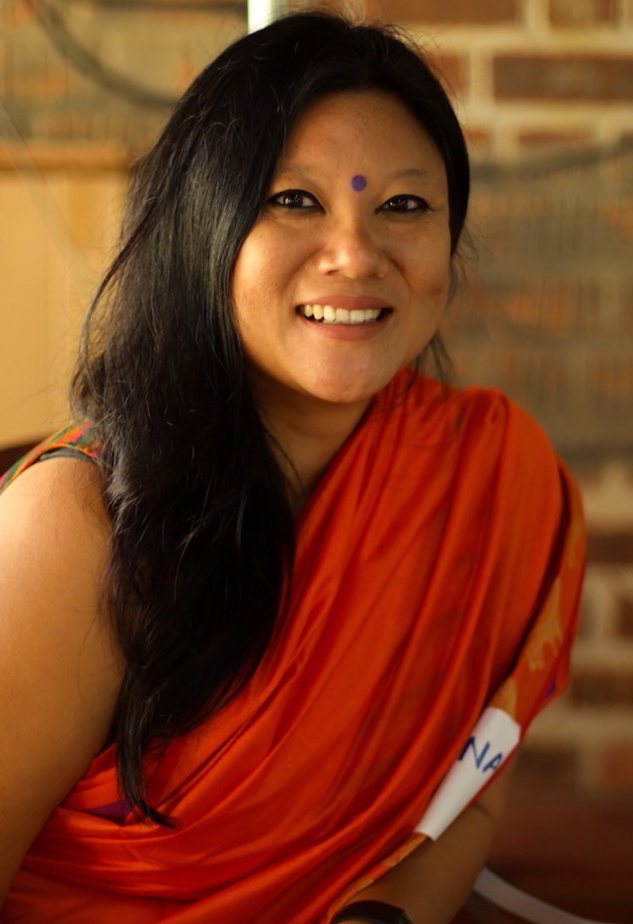
Meanwhile, Mrinalini Rai, Director of Women4Biodiversity, also said the stand-alone gender equality target was important for Parties to the CBD to report on gender in their biodiversity national reports.
“While the Gender Plan of Action is ambitious, it is voluntary, not mandatory,” Rai said. “This is also a reason why we pushed for Target 23.”
The next speakers talked about monitoring and implementation of the Framework and related CBD COP 15 decisions.
Isimemen Osemwegie, Assistant Coordinator of Capacity Development for Biodiversity and Ecosystem Services (CABES) said that the capacity-building and development decision’s strength was its inclusivity, targeting least developed countries, small island developing states, indigenous peoples, women and youth.
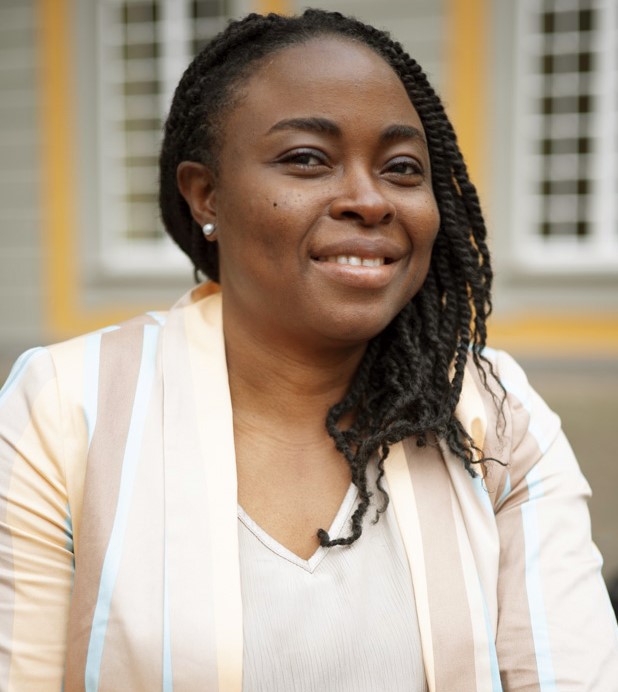
However, “the political priorities [in each country] might not align with the international front,” she said, and thus inclusive capacity building “needs continued advocacy.” She added that she is looking forward to countries’ national reporting of their capacity development frameworks.
Meanwhile, the mechanisms for planning, monitoring, reporting and review appear promising, according to Katherine Despot-Belmonte, senior programme officer of the UN Environment Programme-World Conservation Monitoring Centre (UNEP-WCMC).
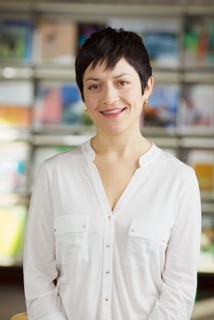
She said the document has “an extensive number of indicators that are meant to help countries to track, and the progress towards the ambitions, ambitious goals, and targets that they’ve agreed on in the global biodiversity framework.”
However, the monitoring framework is yet to be finalized, and no headline indicator has been agreed on yet for the stand-alone gender equality target, so Despot-Belmonte encouraged event attendees and the UNCBD Women’s Caucus to continue “contributing inputs to ensure the monitoring framework is gender-responsive.”
Lim Li Ching, Senior Researcher at Third World Network (TWN), then pointed out the issues of the COP 15 decision on resource mobilization, saying that financing is inherently flawed as it is “highly dependent on the private sector” and such financing has historically had “negative social impacts and entrenched social and gender inequalities.”
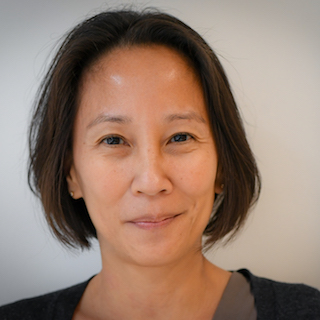
Also, in the Kunming-Montreal Biodiversity Framework, only Target 19 mentions a goal to increase financial sources and mobilizing 200 million US dollars per year.
To help address these issues, Lim said Parties to the CBD should be encouraged to update and implement their national biodiversity finance plans, and to engage women in this process. The strategy for resource mobilization should then be reviewed on COP 16, and a resource mobilization advisory committee established on COP 17.

After the speakers shared their insights, UNCBD Women’s Caucus Coordinator Amelia Arreguin encouraged the Women’s Caucus members and attendees to “make use of these opportunities,” to ensure gender responsiveness in the implementation and monitoring of the COP 15 decisions.
“We need to be there. And we need to demand and request [from governments], and also to collaborate,” Arreguin said.
Read more about the details of the virtual roundtable here.
